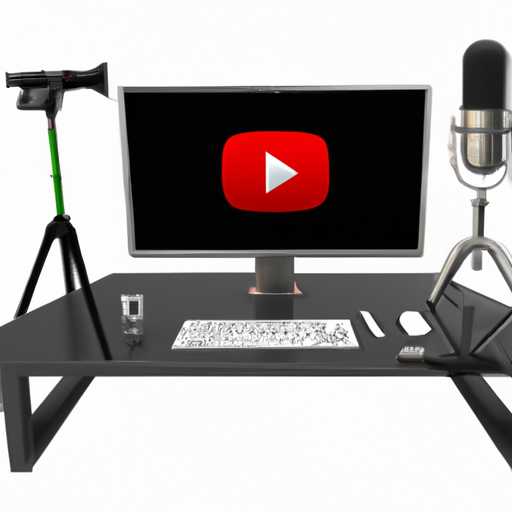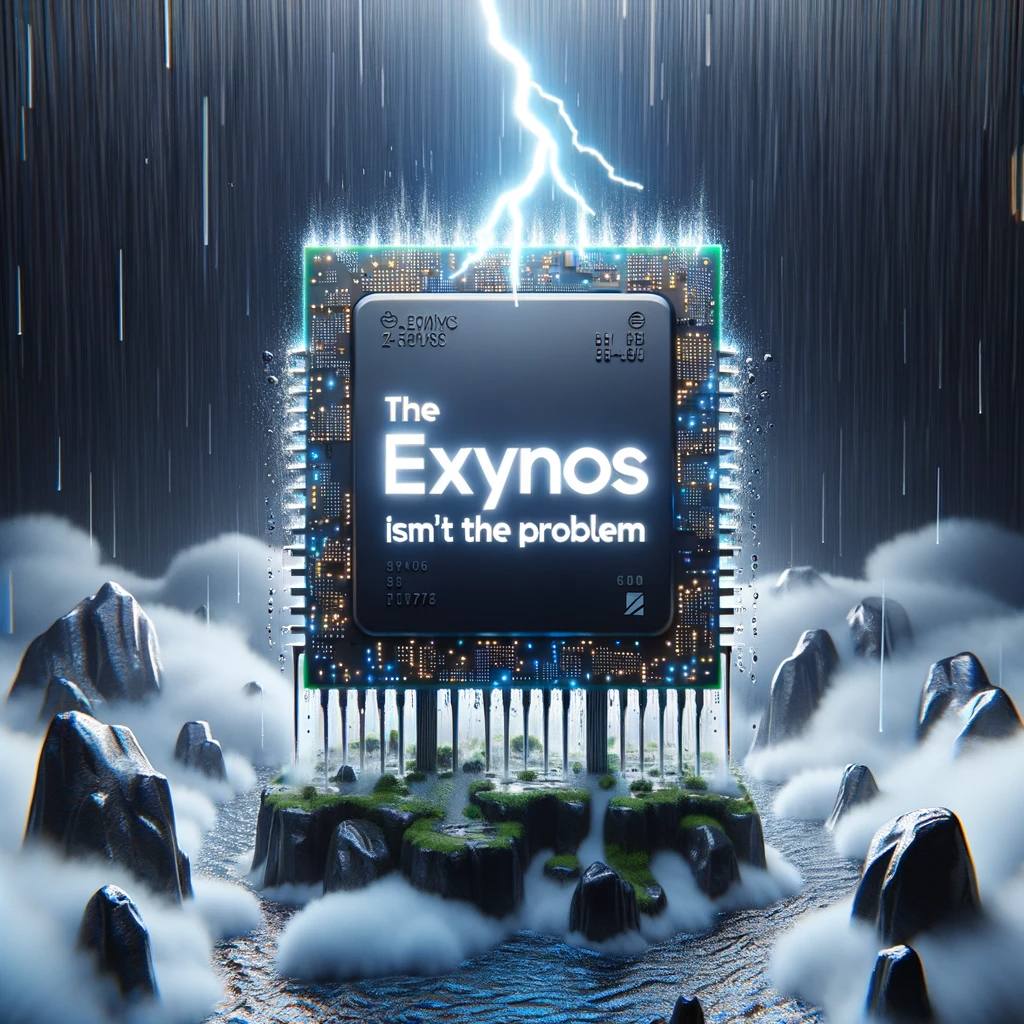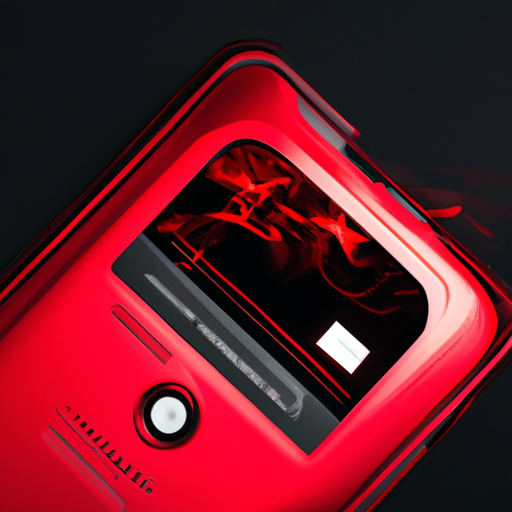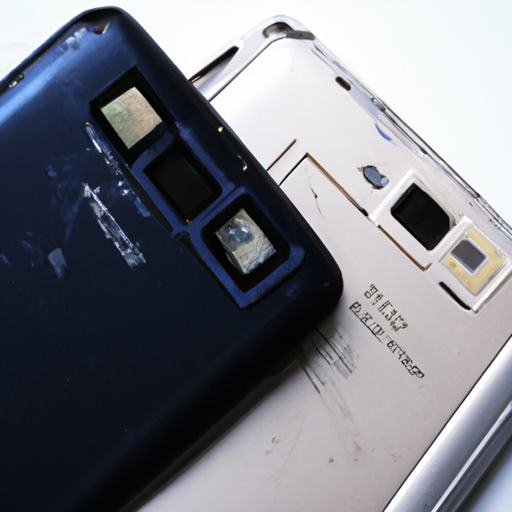In the thrilling video titled “Google Pixel 7 Pro vs. iPhone 14 Pro Max vs. Galaxy Fold 4 Speed Test” by PhoneBuff, you will witness a head-to-head speed test between these three top-of-the-line devices. PhoneBuff, known for their smartphone speed tests, drop tests, and battery tests, takes you through the exciting competition to determine which device reigns as the fastest. With the iPhone 14 Pro Max seeking redemption after losing the title in the previous speed test to the Galaxy Fold 4, and the Pixel 7 Pro entering the ring with Google’s all-new tensor G2 Chip, the stakes are high. Watch as these devices compete in various tasks, including editing photos and exporting videos, to see who will emerge victorious.
Overview of Devices
Google Pixel 7 Pro
The Google Pixel 7 Pro is the latest flagship smartphone from Google. It features a sleek design and offers a range of cutting-edge features. One of its standout features is its screen display and resolution, which provides vibrant colors and sharp visuals. The Pixel 7 Pro is powered by Google’s all-new Tensor G2 chip, which offers enhanced processing power and performance. It also boasts impressive camera features, a long battery life, and fast charging speed.
iPhone 14 Pro Max
The iPhone 14 Pro Max is Apple’s flagship smartphone for the year. It maintains the premium design that Apple is known for and comes with a range of advanced features. The screen display and resolution on the iPhone 14 Pro Max are top-notch, offering stunning visuals and vibrant colors. It is powered by Apple’s A16 Bionic chip, which ensures fast and efficient performance. The iPhone 14 Pro Max excels in camera features, battery life, and charging speed.
Samsung Galaxy Fold 4
The Samsung Galaxy Fold 4 is a unique device that offers a foldable screen design. It provides a larger display area when unfolded, giving users a tablet-like experience. The Galaxy Fold 4 boasts a high-quality screen display and resolution, offering crisp visuals and immersive viewing. It is powered by Qualcomm’s newest chip in the Snapdragon 8 Plus, ensuring smooth performance and multitasking capabilities. The Galaxy Fold 4 also has impressive camera features, good battery life, and fast charging speed.
Particular Features
Screen Display and Resolution
The screen display and resolution are essential factors to consider when evaluating the quality of a device. The Google Pixel 7 Pro, iPhone 14 Pro Max, and Samsung Galaxy Fold 4 all offer excellent screen displays with vibrant colors and sharp visuals. The technologies used in each device vary, but they all provide an immersive and enjoyable viewing experience.
Processing Power
Processing power is crucial for smooth and efficient performance. The Google Pixel 7 Pro is equipped with the all-new Tensor G2 chip, which is designed to enhance processing power and optimize performance. The iPhone 14 Pro Max features Apple’s A16 Bionic chip, known for its industry-leading performance. The Samsung Galaxy Fold 4 is powered by Qualcomm’s newest chip in the Snapdragon 8 Plus, offering fast and reliable processing capabilities.
Camera Features
Camera capabilities play a significant role in choosing a smartphone. The Google Pixel 7 Pro, iPhone 14 Pro Max, and Samsung Galaxy Fold 4 all excel in this aspect. They offer advanced camera features, such as high-resolution sensors, optical image stabilization, and advanced software processing. Users can capture stunning photos and videos with these devices and enjoy an array of editing and enhancement options.
Battery Life and Charging Speed
Battery life and charging speed are essential considerations for users who are always on the go. The Google Pixel 7 Pro, iPhone 14 Pro Max, and Samsung Galaxy Fold 4 all offer good battery life, allowing users to use their devices for extended periods without worrying about frequent charging. Additionally, these devices support fast charging technology, enabling users to quickly recharge their devices and minimize downtime.
Design and Aesthetics
Design and aesthetics are subjective, but they play a significant role in the overall user experience. The Google Pixel 7 Pro, iPhone 14 Pro Max, and Samsung Galaxy Fold 4 all feature sleek and modern designs with premium materials. Each device has its unique design elements, such as the foldable screen design of the Galaxy Fold 4 or the seamless integration of hardware and software on the iPhone 14 Pro Max. Users can choose a device that aligns with their personal preferences and reflects their style.
Processor and Chipset
Google’s all-new Tensor G2 chip
The Google Pixel 7 Pro is powered by Google’s all-new Tensor G2 chip. This chip is specifically designed for Google’s Pixel devices, offering enhanced processing power and performance. It enables smooth multitasking, faster app launches, and efficient power management. The Tensor G2 chip incorporates artificial intelligence (AI) capabilities, enhancing the device’s overall performance and user experience.
Apple’s A16 Bionic
The iPhone 14 Pro Max is powered by Apple’s A16 Bionic chip, a high-performance processor known for its industry-leading performance. The A16 Bionic chip incorporates advanced AI capabilities and offers fast and efficient processing power. It enables seamless multitasking, smooth app performance, and efficient power utilization. Apple’s focus on hardware and software integration ensures optimized performance and a smooth user experience.
Qualcomm’s newest chip in the Snapdragon 8 Plus
The Samsung Galaxy Fold 4 is powered by Qualcomm’s newest chip in the Snapdragon 8 Plus series. This chip offers fast and reliable processing capabilities, ensuring smooth performance and multitasking. The Snapdragon 8 Plus chip is designed to handle demanding tasks and graphics-intensive applications, providing users with a seamless and enjoyable experience. It offers optimized power consumption and efficient thermal management.
Speed Test Methodology
Running Multiple Apps Simultaneously
To evaluate the speed and performance of the devices, a series of tests are conducted with multiple apps running simultaneously. The devices are evaluated based on their ability to seamlessly switch between apps, load apps quickly, and maintain smooth performance.
Rendering and Exporting Media Files
The speed at which devices can render and export media files, such as photos and videos, is an essential aspect of their performance. The devices are tested on their ability to process and export media files quickly and efficiently, ensuring smooth and seamless editing and sharing.
Loading and Playing Games
Gaming performance is another crucial measurement of a device’s speed and performance. The devices are tested on their ability to load and play games smoothly, with minimal lag and delays. Factors such as graphics performance, responsiveness of the display, and battery drain during gaming are taken into consideration.
Device Performance
Start of Speed Test
The devices are started simultaneously, and the stopwatch is initiated to measure the overall speed and performance. This initial step sets the baseline for the speed test and allows for a fair and accurate comparison between the devices.
Opening Microsoft Suite
The speed test continues with the devices being tested on their ability to open and run Microsoft Suite apps, such as Word, Excel, and PowerPoint. The speed and efficiency of loading these apps are evaluated, along with their performance in handling various tasks within the suite.
Performance through Snapseed
Snapseed is a popular photo editing app, and the devices are tested on their ability to edit and export photos using this app. The speed at which the devices can apply edits, process images, and export the finalized photos is measured, providing insights into their performance in photo editing tasks.
Video Editing and Exporting
The video editing capabilities of the devices are also assessed. The devices are tested on their ability to edit and export videos using a video editing app. The speed and efficiency of these processes are evaluated, allowing for a comparison of their performance in video editing tasks.
Subway Surfers and Flip Diving Loading Time
Gaming performance is a key aspect of the speed test. The devices are tested on their ability to load and play popular mobile games, such as Subway Surfers and Flip Diving. The speed at which the games load and the devices’ performance during gameplay are assessed, providing insights into their gaming capabilities.
Gaming Performance
Loading and Running of Games
The devices are evaluated based on their ability to load and run various games smoothly. Factors such as loading time, responsiveness, and overall performance during gameplay are taken into consideration. The devices’ processing power and graphics capabilities play a significant role in determining their gaming performance.
Graphical Performance
The graphical performance of the devices is assessed during gameplay. The devices are tested on their ability to handle graphics-intensive games with high-quality visuals and smooth animations. The devices’ graphical capabilities and optimization play a crucial role in determining their performance in this aspect.
Responsiveness of Display
The responsiveness of the display is an important factor in gaming performance. The devices are tested on their ability to accurately register touch inputs and provide a smooth and lag-free gaming experience. Factors such as touch sensitivity, refresh rate, and overall display quality are taken into consideration.
Battery Drain during Gaming
During gaming sessions, the devices’ battery performance is evaluated. The rate of battery drain and the devices’ ability to sustain gameplay for extended periods are assessed. This helps determine how long users can play games on the devices without needing to recharge.
Completion of First Lap
Google Pixel 7 Pro’s Performance
After completing the first lap of the speed test, the performance of the Google Pixel 7 Pro is evaluated. Its speed and efficiency in completing the various tasks, such as opening apps, editing photos and videos, and loading games, are assessed. The Pixel 7 Pro’s strengths and weaknesses are analyzed, providing insights into its overall performance during the test.
iPhone 14 Pro Max’s Performance
The first lap is also completed for the iPhone 14 Pro Max, and its performance is evaluated. Its speed, efficiency, and overall performance in completing the tasks are examined. The iPhone 14 Pro Max’s strengths and weaknesses are analyzed, allowing for a comprehensive assessment of its performance during the test.
Samsung Galaxy Fold 4’s Performance
The speed test’s first lap is completed for the Samsung Galaxy Fold 4, and its performance is evaluated. Its speed, efficiency, and overall performance in completing the tasks are examined. The Galaxy Fold 4’s strengths and weaknesses are analyzed, providing insights into its performance during the test.
Second Lap Performance
iPhone’s Second Lap with Updated iOS
In the second lap of the speed test, the iPhone 14 Pro Max’s performance is evaluated with the updated iOS. Any improvements or changes in speed, efficiency, and overall performance are analyzed. The effects of the iOS update on the iPhone 14 Pro Max’s speed and performance are assessed, providing insights into its capabilities.
Samsung’s Second Lap with 12GB RAM
In the second lap, the Samsung Galaxy Fold 4’s performance with its 12GB RAM is evaluated. The increased RAM capacity may have an impact on speed, multitasking capabilities, and overall performance. The effects of the increased RAM on the Galaxy Fold 4’s speed and performance are assessed, providing insights into its capabilities.
Google Pixel’s Second Lap Performance
The Google Pixel 7 Pro’s performance in the second lap is evaluated. Any improvements or changes in speed, efficiency, and overall performance are analyzed. The Pixel 7 Pro’s capabilities in the second lap are compared to its performance in the first lap, providing insights into its consistency and reliability.
Overall Speed Test Results
Comparison of Final Times
The final times of each device in completing the speed test are compared. The devices’ overall performance and speed in completing tasks are evaluated based on these times. The differences in performance and speed among the devices are analyzed, allowing for a comprehensive assessment of their capabilities.
Device-by-Device Analysis
Each device’s performance throughout the speed test is analyzed individually, considering factors such as app loading speed, editing and exporting capabilities, gaming performance, and battery life. The strengths and weaknesses of each device are highlighted, providing a detailed assessment of their overall performance.
Noting Surprises and Expected Performances
Any surprises or unexpected performances during the speed test are noted and analyzed. Factors that may have contributed to these surprises, such as software optimizations or hardware limitations, are taken into consideration. Additionally, the expected performances of each device based on their specifications and previous models are assessed.
Conclusion
Speed Test Winner
Based on the overall performance and final times, the winner of the speed test is determined. The device that consistently outperformed others in terms of speed, efficiency, and overall performance is identified. The factors that contributed to its success are analyzed, providing insights into the key considerations for users seeking a fast and reliable device.
Importance of Speed in Everyday Use
The importance of speed in everyday smartphone use is discussed. The benefits of having a fast and efficient device are highlighted, including improved productivity, reduced wait times, and an enhanced user experience. The potential impact of device speed on various tasks, such as app usage, multimedia editing, and gaming, is explored.
Balance of Speed with Other Device Features
While speed is crucial, it is not the sole determining factor when choosing a smartphone. The importance of balancing speed with other device features, such as camera capabilities, battery life, design, and software optimization, is emphasized. The overall user experience and personal preferences should be taken into consideration when selecting a device, ensuring a well-rounded and satisfying smartphone experience.









